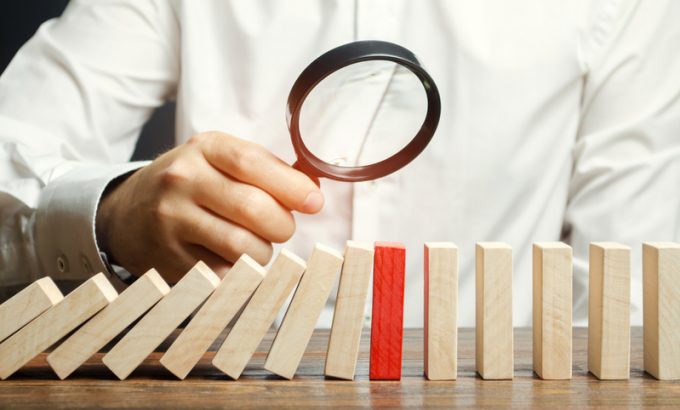The Loadstar explains: onboard carbon capture and storage
So, what’s new in fuels, then? Amid the battleground of future fuels, a new technology is ...
GM: RAISING THE ROOF GGM: IN FULL THROTTLE GZIM: MAERSK BOOST KNIN: READ-ACROSSMAERSK: NOT ENOUGHMAERSK: GUIDANCE UPGRADEZIM: ROLLERCOASTERCAT: HEAVY DUTYMAERSK: CATCHING UP PG: DESTOCKING PATTERNSPG: HEALTH CHECKWTC: THE FALLGXO: DEFENSIVE FWRD: RALLYING ON TAKEOVER TALKODFL: STEADY YIELDVW: NEW MODEL NEEDEDWTC: TAKING PROFIT
GM: RAISING THE ROOF GGM: IN FULL THROTTLE GZIM: MAERSK BOOST KNIN: READ-ACROSSMAERSK: NOT ENOUGHMAERSK: GUIDANCE UPGRADEZIM: ROLLERCOASTERCAT: HEAVY DUTYMAERSK: CATCHING UP PG: DESTOCKING PATTERNSPG: HEALTH CHECKWTC: THE FALLGXO: DEFENSIVE FWRD: RALLYING ON TAKEOVER TALKODFL: STEADY YIELDVW: NEW MODEL NEEDEDWTC: TAKING PROFIT

QUARTZ reports:
If you own stocks, chances are good you have heard the term ESG. It stands for environmental, social, and governance, and it’s a way to laud corporate leaders who take sustainability—including climate change—and social responsibility seriously, and punish those who do not.
In less than two decades since a United Nations report drew attention to the concept, ESG investing has evolved into a $35 trillion industry. Money managers overseeing one-third of total US assets under management said they used ESG criteria in 2020, and by 2025 global assets managed in portfolios labeled “ESG” are expected to reach $53 trillion.
These investments have gained momentum in part because they cater to investors’ growing desire to have a positive impact on society. By quantifying a company’s actions and outcomes on environmental, social, and governance issues, ESG measures offer investors a way to make informed trading decisions.
However, investors’ trust in ESG funds may be misplaced. As scholars in the field of supply chain management and sustainable operations, we see a major flaw in how rating agencies, such as Bloomberg, MSCI, and Sustainalytics, are measuring companies’ ESG risk: the performance of their supply chains….
To read the full post, please click here.
Comment on this article